Cinema Verité
“The Cerberus always had an unusual film showing, so it was almost every week that we’d go see something there. A couple of times a year, they would mount a week-long film festival, and I can remember hurrying the block and a half from my fourth-floor walk-up to Connecticut Avenue to meet Agnès Varda, and my first experience going out in drag to a gay film festival.”—William A. Balk, Jr.
Epicurus’ Porch
By William A. Balk, Jr.
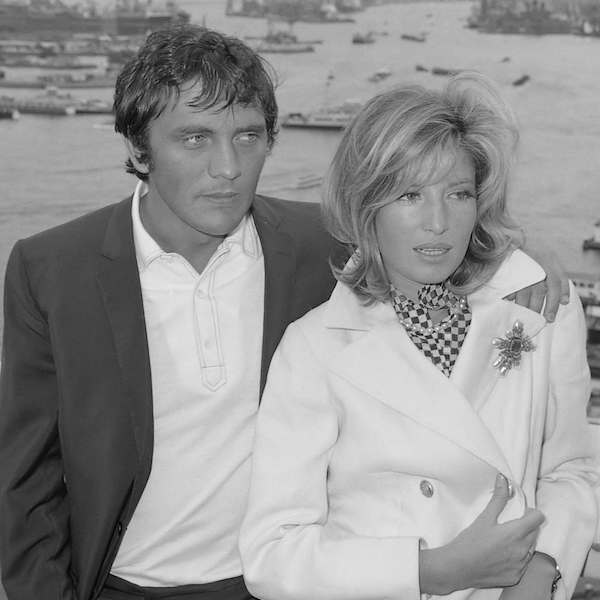
ELKO South Carolina—(Weekly Hubris)—January 2018—There was a time when film—cinéma—was filled with experimentation, when traditional narrative was often discarded in favor of other values exploring symbolism or emotion or the mechanics of the camera. Often the script was diminished to a minor part of the filmmaker’s intent, letting the setting or the inner conflict of the characters assume primary duties.
University communities became natural centers for exploring this new wave of filmmaking, and even at smaller traditional universities, such as the University of South Carolina, film societies sprang up to bring these hard-to-see works to campus. Many of these films were from European filmmakers, although American experimental filmmakers were beginning to show in the new film festivals.
I excitedly joined these early film societies in college, making my first encounters with Truffaut, Godard, Chabrol, Jean Renoir. (I was so green that I spent my first month naïvely celebrating La Nouvelle Vague as “the new obscure” school of filmmaking).
Those film societies, our discussions and meeting filmmakers, and the batch of new filmmakers who developed out of the societies, all provided a still-ongoing appreciation for those films’ descendants, the movement for independent films, made outside the large studio production factories that so dominate our viewing.
By the time I moved to Washington DC, and found myself among the city’s artists and creative community, I had been well educated about art film. It was natural and easy to take part in the city’s frequent festivals of film, and several movie houses around the city were devoted to independent film. Georgetown had several such theaters and, near Dupont Circle, my neighborhood, there was the two-screen Cerberus Theater.
The Cerberus always had an unusual film showing, so it was almost every week that we’d go to something there. A couple of times a year, they would mount a week-long film festival, and I can remember walking the block and a half from my fourth-floor walk-up to Connecticut Avenue to meet Agnès Varda, and my first experience going out in drag to a gay film festival was there. If there was something exciting and new in film, the Cerberus was where it was happening.
That’s how I got to know art film; indeed, that is pretty much how I had got to know all the arts I cherished. The works were seen, studied, appreciated. We discussed them, explored their meanings and potential, their weaknesses and failings. We celebrated them.
In 1972, the Cerberus scheduled a double feature. I had already seen Pasolini’s “Teorema”, and I considered it one of the most moving and deeply challenging films I’d ever seen. It was paired with Harold Prince’s “Something For Everyone,” about which I knew nothing.
I went to the theater alone, and it seem the small crowd attending were mostly date-night couples. Not a good sign, I thought, given that Pasolini was on the bill. I was proven right.
Teorema, from 1968, was one of the first times Pasolini worked on with professional actors, and it stars a young Terence Stamp already famous for his “Billy Budd,” “Modesty Blaise,” and “Far From The Madding Crowd” roles. There is almost no dialogue—reputedly only some 900 words—and the film employs sharp shifts in point of view and framing.
Stamp plays a stranger, The Visitor is how he is called, who appears unannounced in the lives of an upper-middle-class Milanese family—middle-aged parents, a daughter, a son, and their maid. Each is living a somewhat unfulfilling bourgeois life, and the unexplained and unexpected appearance of the beautiful stranger in their midst disrupts the daily routines of the entire household.
One by one, beginning with the maid, the family begins to find some trait, some spark, in the stranger that suggests the possibility of change, of fulfillment, of escape. One by one, each is sexually united with him; each is transformed by the transcendent experience: and then the Visitor leaves.
I cannot say I was surprised by the laughter in the audience as this difficult movie screened; there are wonderfully absurd moments and moments of revelation that had me laughing, too. But the ideas the film is working with are not well served by a date night with popcorn.
After the intermission, we settled in for the second feature, fewer in the audience this time. Not having seen “Something for Everyone” before, I didn’t know what to expect.
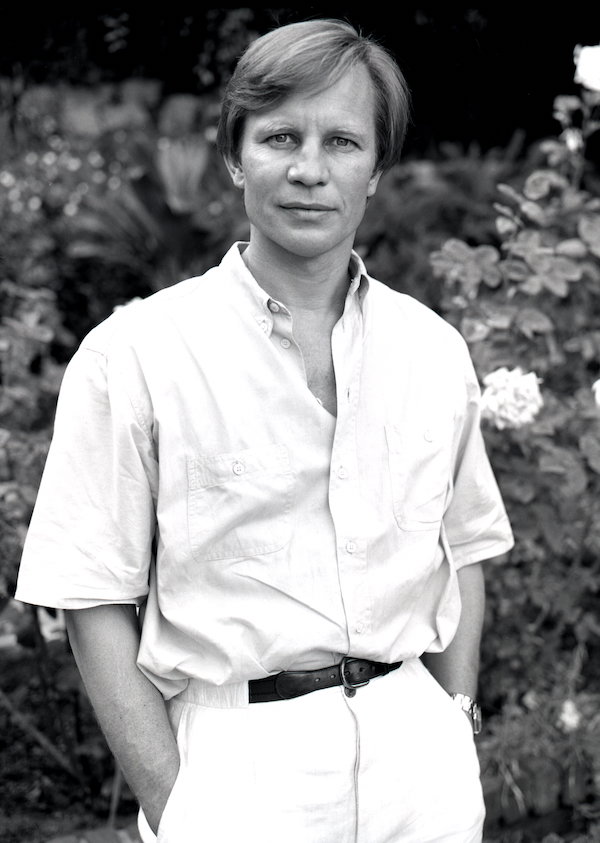
Michael York and Angela Lansbury star in this 1970 film, set in the beautiful mountainous countryside of post-war Bavaria. York is a handsome country lad riding his bicycle through the beautiful landscape when he spots the Castle Ornstein, which dominates the mountaintop. An ambitious young man with dreams of making it some day, he imagines himself as master of the castle.
The complexities mount as Konrad executes his plan to save and restore the castle, thereafter live in it. There are grand set pieces—a huge garden party; an inimitable Lansbury procession, slamming doors, through great baroque halls. There are deaths and wedding plans. And a final twist which is so richly rewarding that audiences often cheer.
And those few of us in the audience that evening at the Cerberus in Washington DC, we cheered, too.
It was astonishing, two such different films, contrasting so sharply in tone, in ethic, in “accessibility.” Yet both films dealt with nearly identical situations: a stranger comes into the lives of family members, and everyone is altered by the experience.
For me, the revelation was in the pairing, the double feature. By placing the two films within the same experience, I was able to glean and consider vastly more detail about each. One, of course, was a comedy, but dark and even bitter. The other was experimental in form, difficult in approach, yet uplifting (for me, anyway) and fulfilling.
This was my first effort at grasping the importance of curating. A curator (or a film scheduler) can make the experience of art much fuller and richer, much more subtle and much more informative, by careful and thoughtful placement in relation to other works. And, in doing so, the curator can transform Art into Revelation.
Consider the kinds of perception, knowledge, diplomacy, and persuasion that would have to be employed to bring together a blockbuster exhibition such as a Henry Moore sculpture exhibit with pieces derived from museums and collections worldwide, or even a show of Vermeer’s work.
The blockbuster touring 1995 Vermeer exhibit showed many of the artist’s only 35 known paintings, giving viewers the opportunity to understand the brilliance of the Dutch painter’s technique in showing light and reflection in domestic scenes elevated to an interpretation of perfection.
A new exhibition of fewer of Vermeer’s paintings places them in the context of the works on canvas of his contemporaries, in particular the Dutch painter ter Borch, who also worked in the “Genre” genre: plain, homely settings detailed with brilliant mastery and reverence.
Such a show, comparing the work of a number of painters whose style and subject matter share much in common presents a rare opportunity to learn how artists lend and borrow techniques, how they influence each other’s work, indeed, even how they change and mature as artists in different ways. The viewer can acquire a sense of place and time much broader than that contained in the scope of a single painting.
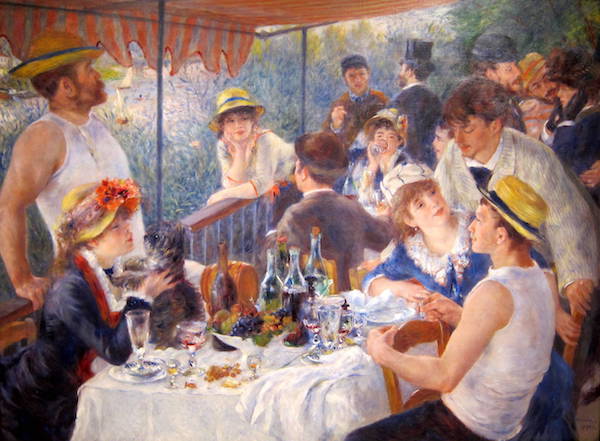
One of my favorite paintings, Renoir’s “Luncheon of the Boating Party,” was also in my neighborhood in Washington, in Duncan Phillips’s house. The house is now, of course, a museum but, in those days, it was very much like going to a friend’s house and seeing his paintings on the walls in each room. The Boating Party—although Phillips’s favorite work of art—was displayed much like the others: although given prime space, it hung upstairs in a room surrounded by other paintings on every side. I cannot remember a single other painting in that room . . . not really surprising, I suppose, but it doubtless was a disservice to those other paintings and offered a distraction to the Boating Party.
Years later, after conservation issues and structural requirements demanded that the Phillips Collection rebuild much of the museum and add further space, the museum lost its most genuine, intimate sense of being in somebody’s home. This was good—essential, even—for the art work displayed there.
On my last visit to the Phillips to see The Boating Party, I climbed the stair to the upstairs space where the painting hung. This time, one made a turn, lifted one’s eyes, and it was all you could see. Perfectly lit, placed alone, the visitor came upon it suddenly and felt just as suddenly the astonishment of discovery. Newly cleaned, it was even more vibrantly colored. And not another painting in sight.
This, I suppose, was an instance of a sensitive curator, experienced and knowledgeable, knowing when not to pair a painting.
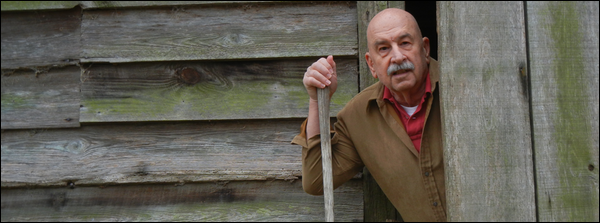
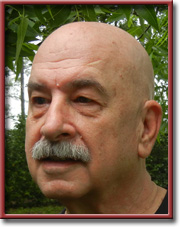
2 Comments
Susan trull
We are none of us quite prepared for what life deals us. It appears William, that you have learned to make it your best come what may. Thank you for the guidance that I’m sure is unintentional.
Will
Thank you, Susan. I do hope I can always find a path through the thorny thicket of life…but Bre’er Rabbit and I both think the blackberry patch can have much to offer the visitor!